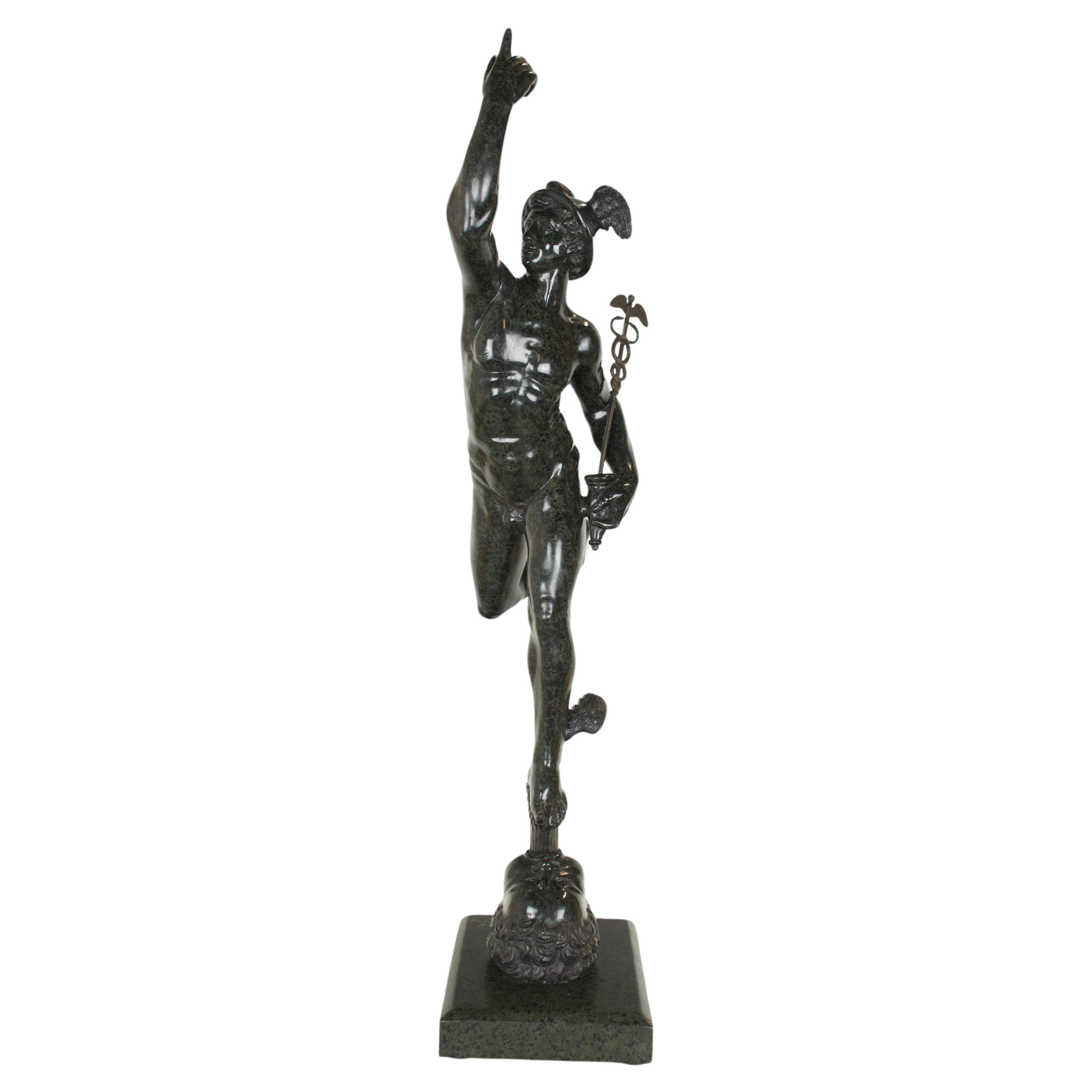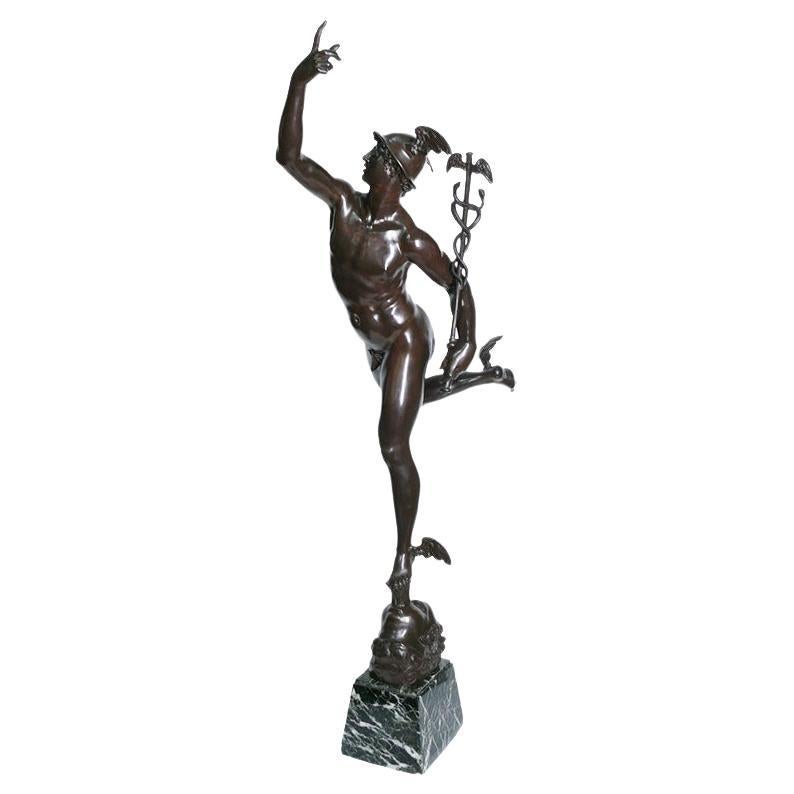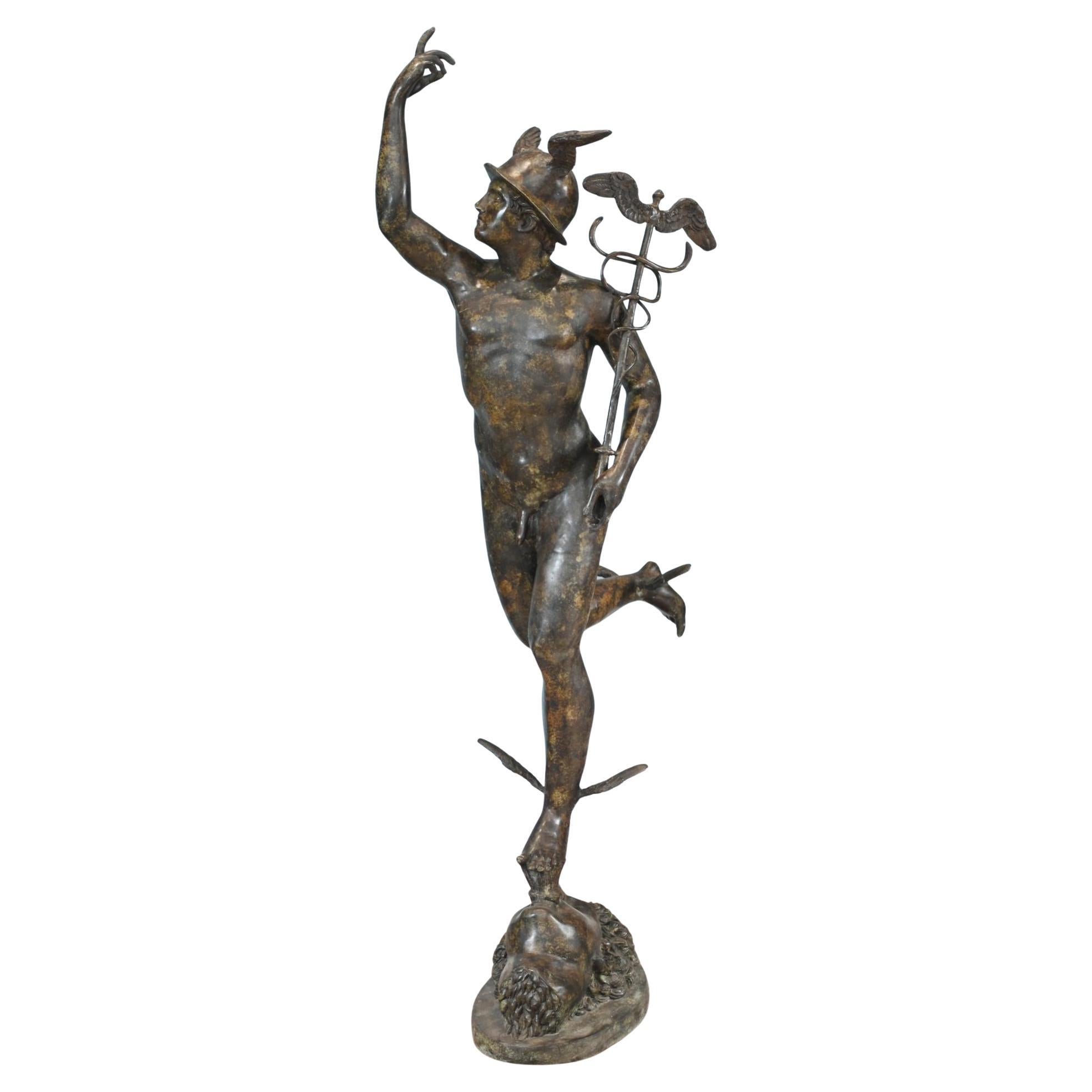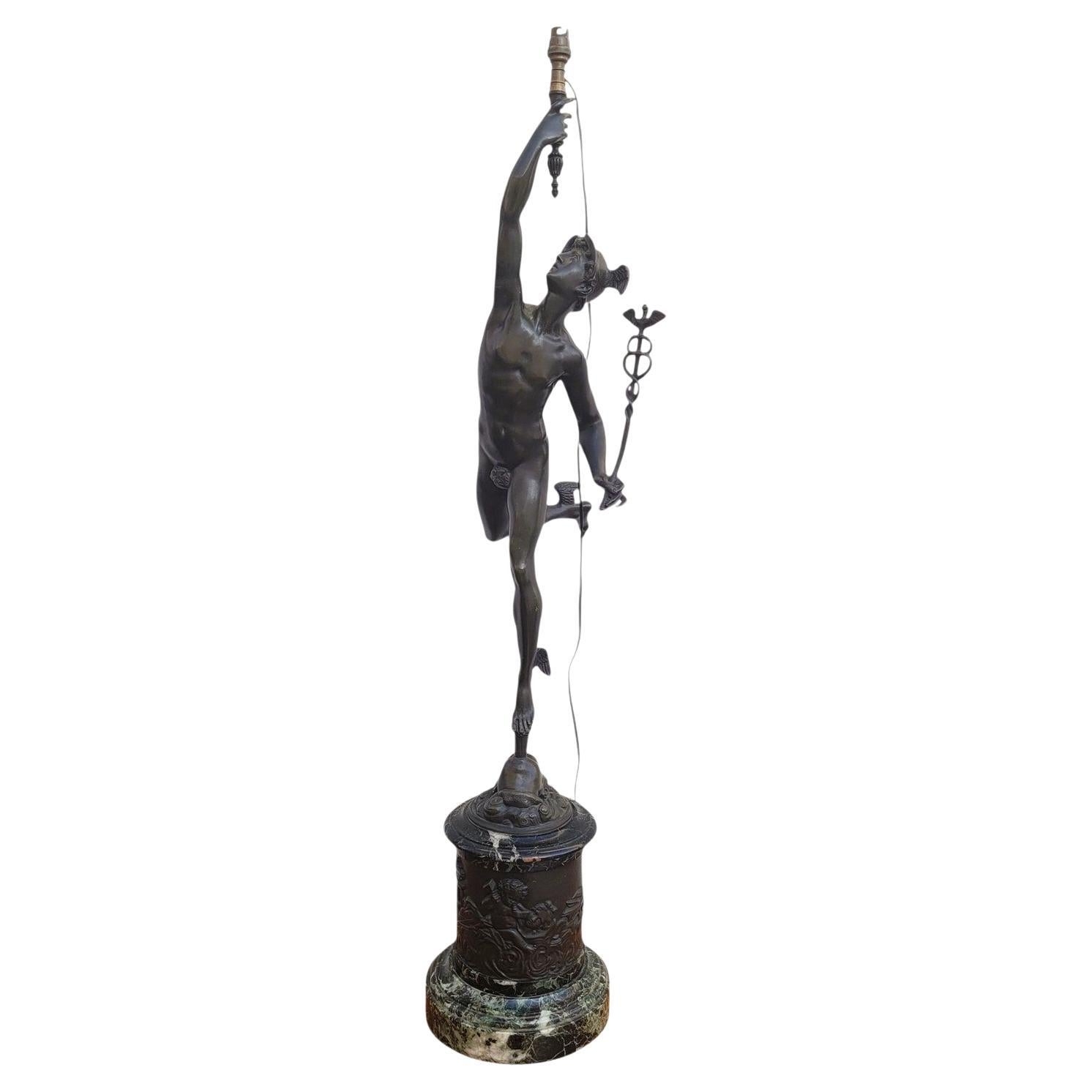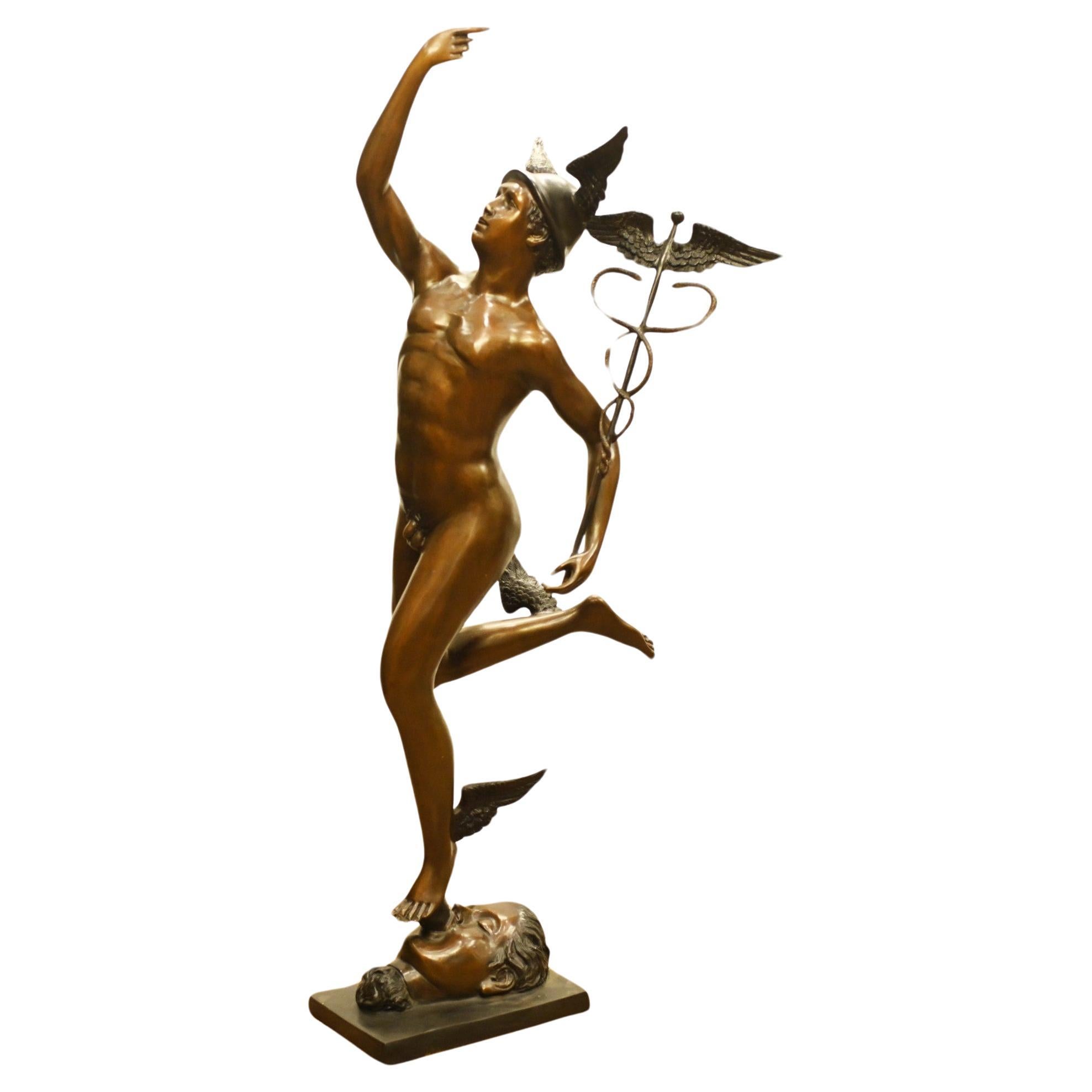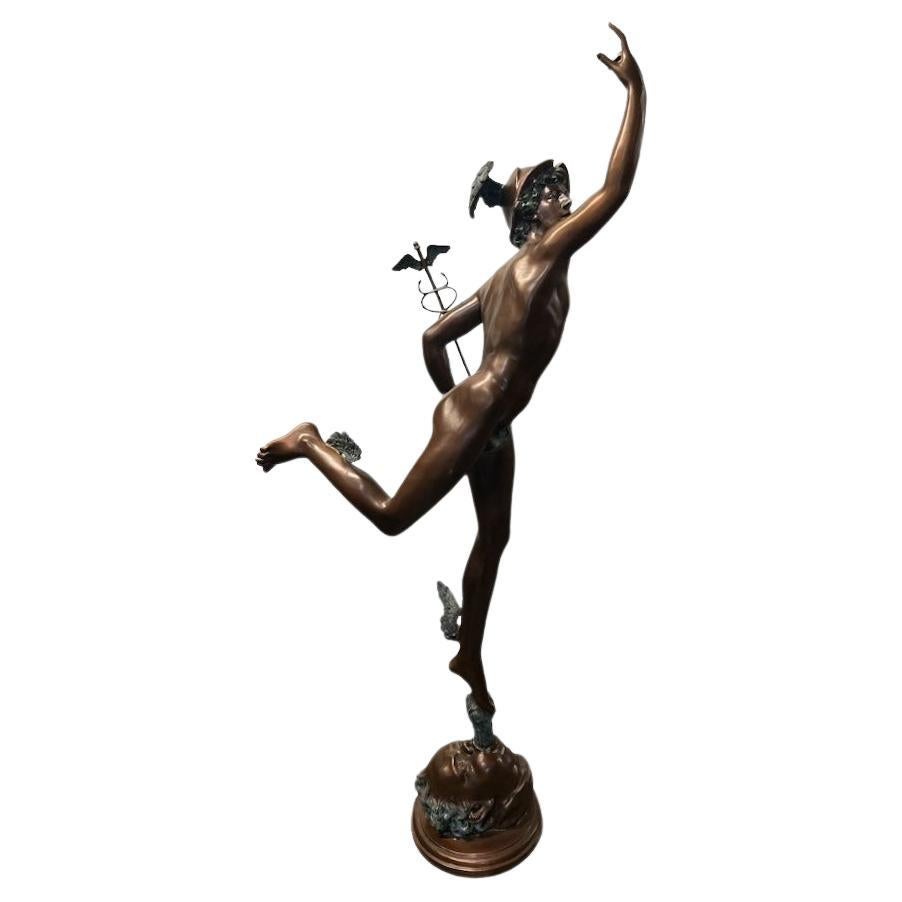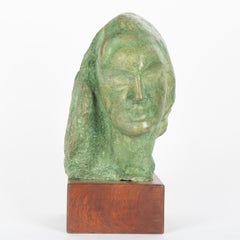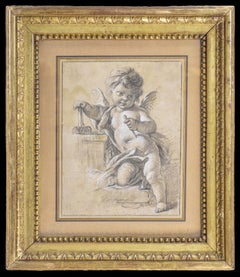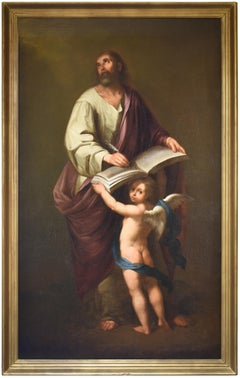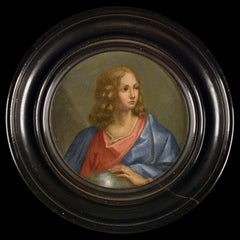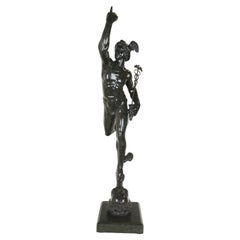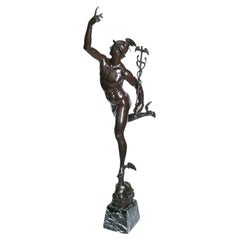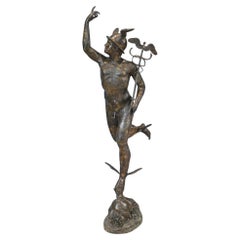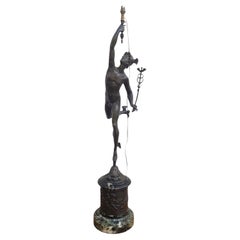Items Similar to After Giambologna Bronze of Mercury with green patina
Want more images or videos?
Request additional images or videos from the seller
1 of 7
After Giambologna Bronze of Mercury with green patina1700
1700
$2,062.50
$4,00048% Off
£1,555.66
£3,017.0348% Off
€1,796.80
€3,484.7048% Off
CA$2,889.70
CA$5,604.2848% Off
A$3,213.19
A$6,231.6348% Off
CHF 1,682.16
CHF 3,262.3748% Off
MX$39,249.66
MX$76,120.5648% Off
NOK 21,138.01
NOK 40,994.9248% Off
SEK 19,884.53
SEK 38,563.9448% Off
DKK 13,412.99
DKK 26,013.0748% Off
About the Item
Mercury, circa 1700s. Bronze with green patina. Height with base: 58 cm (22 7/8 in.)
- Creation Year:1700
- Dimensions:Height: 22.84 in (58 cm)Width: 5.91 in (15 cm)Depth: 5.91 in (15 cm)
- Medium:
- Movement & Style:
- After:Giambologna (1529 - 1608, Italian)
- Period:
- Condition:
- Gallery Location:New York, NY
- Reference Number:1stDibs: LU1599216215792
About the Seller
5.0
Vetted Professional Seller
Every seller passes strict standards for authenticity and reliability
Established in 2007
1stDibs seller since 2021
44 sales on 1stDibs
Typical response time: 2 hours
- ShippingRetrieving quote...Shipping from: New York, NY
- Return Policy
Authenticity Guarantee
In the unlikely event there’s an issue with an item’s authenticity, contact us within 1 year for a full refund. DetailsMoney-Back Guarantee
If your item is not as described, is damaged in transit, or does not arrive, contact us within 7 days for a full refund. Details24-Hour Cancellation
You have a 24-hour grace period in which to reconsider your purchase, with no questions asked.Vetted Professional Sellers
Our world-class sellers must adhere to strict standards for service and quality, maintaining the integrity of our listings.Price-Match Guarantee
If you find that a seller listed the same item for a lower price elsewhere, we’ll match it.Trusted Global Delivery
Our best-in-class carrier network provides specialized shipping options worldwide, including custom delivery.More From This Seller
View AllHead of a Woman, green patina cement head by Erzia
Located in New York, NY
Head of a Woman, ca. 1939.
Stepan Dmitrievich Erzia, born Stepan Nefyodov on October 27, 1876, in Bayevo, Simbirsk Governorate, Russia, was a distinguished sculptor of Erzya Mordvin descent. He adopted "Erzia" as his artistic pseudonym to honor his ethnic heritage.
Erzia's artistic journey began with apprenticeships in icon-painting studios in Alatyr and Kazan between 1892 and 1897. During this period, he decorated churches throughout the Volga region and attended the Kazan Art...
Category
Mid-20th Century Figurative Sculptures
Materials
Concrete
Study of a Putto with Attributes of Painting
By François Boucher
Located in New York, NY
Circle of François Boucher (1703–1770)
Study of a Putto with Attributes of Painting
Chalk on paper
An elegant Rococo drawing depicting a winged putto with a painter’s palette and br...
Category
1750s Rococo Figurative Drawings and Watercolors
Materials
Animal Skin, Paper, Chalk
The Inspiration of Saint Matthew
Located in New York, NY
Wonderfull quality, great condition.
Category
Early 19th Century Baroque Figurative Paintings
Materials
Canvas, Oil
18th Century Italian oil on copper, Raphael School
By (after) Raphael (Raffaello Sanzio da Urbino)
Located in New York, NY
18th Century Italian oil on copper portrait in the style of Raphael. Excellent condition.
Category
18th Century Figurative Paintings
Materials
Copper
Marble head of Roman Emperor Tiberius
Located in New York, NY
Antique marble head of the roman emperor Tiberius. 43cm without the base.
Category
18th Century Figurative Sculptures
Materials
Marble
Italian Madonna and Child 18th Century
Located in New York, NY
Good condition overall. With beautiful carved wooden frame.
All of our works are covered by our own guarantee of authenticity which covers the work for its lifetime of ownership wit...
Category
18th Century Rococo Figurative Paintings
Materials
Canvas, Oil
You May Also Like
Flying Mercury in green marble copied from the famous work of Giambologna
Located in Prato, IT
Green serpentine marble sculpture
Late 19th century
Height approx. 88 cm.
The flying mercury and the bronzes
While he was still busy working on the fountain in piazza Maggiore, the papal delegate Cesi asked Giambologna for a statue to be placed in the courtyard of the Archiginnasio, seat of the ancient and prestigious Bolognese university; he should have painted a bronze depicting the god Mercury with his index finger stretched towards the sky, a symbol of the divine origin of knowledge, which would have served as a warning to all students.
The project was never completed, but Giambologna elaborated a model preserved at the Civic Museum of Bologna, which is only the first of the numerous bronzes with the same subject made by the artist, defined precisely as flying Mercury. In later versions, the sculptor transformed Mercury into a much more dynamic figure reaching upwards, as if ready to take flight, giving it an unprecedented freedom of movement and lightness. When he returned to Florence, the sculptor certainly proposed it to the Medici, who enthusiastically immediately ordered one to be sent to Emperor Maximilian II of Habsburg, as a diplomatic gift for the ongoing negotiations of the wedding between Francesco and Giovanna, sister of the sovereign.
Giambologna replied with the two bronzes preserved in Vienna and Dresden and in 1580 cast the large Mercury now exhibited in the Bargello, originally intended for the loggia of the villa of Cardinal Ferdinando dei Medici to crown a fountain placed in the center of a magnificent decorative complex; the only variant with respect to the previous examples is constituted by the head of Zephyr placed under the foot of the god and from which a breath of wind blows it upwards, accentuating the sense of immateriality. In addition to the successful invention of the flying Mercury, Giambologna acquired immense fame by making numerous other bronzes for the Florentine collectors of the time; his first patron, Bernardo Vecchietti must certainly have owned many, given to him in part by the sculptor in exchange for his protection, but around the 1880s it can be said that there was no collector who did not aspire to own a work by Giambologna, especially those of small format.
The development of this trend in Florence is largely due to the artistic passions of the Grand Duke Francesco I, who with the creation of environments such as the Studiolo in Palazzo Vecchio and the Tribuna degli Uffizi, provided new criteria for the exhibition of the works, pushing all collectors to imitate his extraordinary collection. In the Studiolo, in addition to the painted tables that decorated the doors of the cupboards filled with all kinds of things, there were 8 niches containing bronze figures of divinities; Giambologna painted the one depicting Apollo (1573-75), with the characteristic serpentine pose and beautifully finished.
The placement of the statuette in the niche was no longer an impediment to the plurality of views as Giambologna endowed it with a sort of mechanism that allowed it to rotate. For the Tribune he instead created the six Labors of Hercules (1576-1589), small silver sculptures...
Category
Antique Late 19th Century Italian Figurative Sculptures
Materials
Marble
Bronze sculpture of the god Mercury
Located in Buenos Aires, Argentina
Bronze sculpture of the god Mercury
Representation of the god Mercury standing on Aeolus, the god of the wind
(after Gianbologna)
Origin France Circa 1900
Base of green Alpine marble...
Category
Antique Early 1900s French Neoclassical Figurative Sculptures
Materials
Marble, Bronze
Large Italian Bronze Mercury Statue Casting Hermes by Giambologna
Located in Potters Bar, GB
Incredible giant bronze statue of the famous Mercury statue
The original version of this was by Italian artist Giambologna
This version is over six feet tall - almost 2 metres
Mercur...
Category
Vintage 1980s Statues
Materials
Bronze
Flying Mercury, After Giambologna, Bronze Lamp, 19th Century
By Giambologna
Located in MARSEILLE, FR
Bronze sculpture "Flying Mercury", after Giambologna, mounted as a lamp, on a green marble column base decorated with a bronze frieze, with allegories of the Arts.
Wear and tear ...
Category
Antique 19th Century European Classical Roman Figurative Sculptures
Materials
Marble, Bronze
Bronze Mercury Statue Hermes Classical Art Giambologna
Located in Potters Bar, GB
Incredible giant bronze statue of the famous Mercury statue
The original version of this was by Italian artist Giambologna
This version is over five fe...
Category
Vintage 1980s Figurative Sculptures
Materials
Bronze
Bronze Mercury Statue Hermes Classical Art Giambologna
Located in Potters Bar, GB
Incredible giant bronze statue of the famous Mercury statue
The original version of this was by Italian artist Giambologna
This version is over five fee...
Category
Vintage 1980s Figurative Sculptures
Materials
Bronze
More Ways To Browse
Green Bronze Patina
Green Patina Sculptures
Green Patina Bronze Sculpture
Mercury Sculpture
Giambologna Sculptures
Bronze Mercury After Giambologna
Martin Duque
Michael Wilkinson Sculptures Acrylic Sculpture
Michelle Gregor
Miguel Guia Calm And Silence
Murakami Pillow
Nam Tran
Nathan Rapoport
Nicolas Valabregue
Picasso Quatre Visages
Picasso Tete De Taureau
Pippin Drysdale
Ralph Hurst
